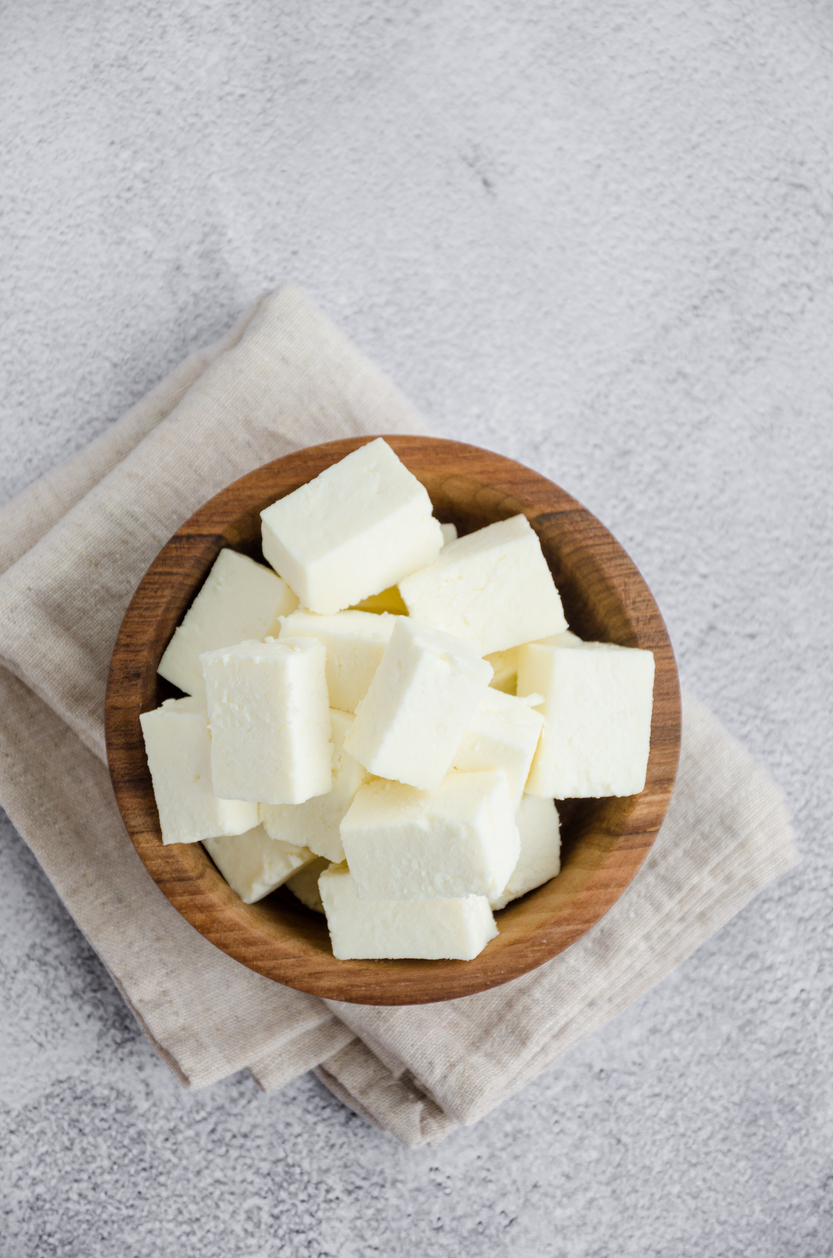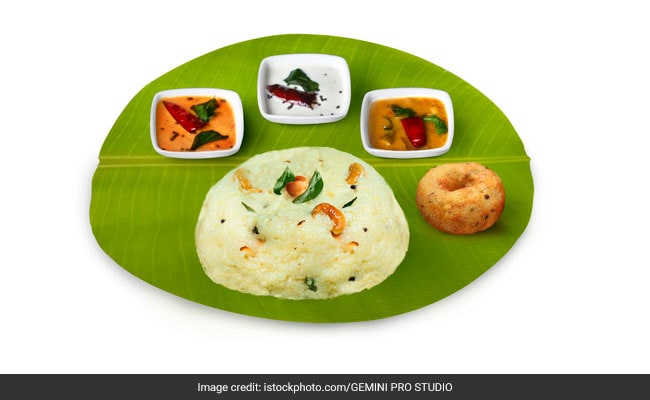Pongal 2023: Makar Sankranti falls in the 'Posh' month of the Hindu calendar, when the sun starts its journey northwards. It is a great opportunity for foodies to get their hands on all types of sweets from all across India during this time, as Sankranti festivities are largely related to traditions in food and harvest, from peethe in Bengal to til gud ke laddoo in Maharashtra and Karnataka, and to pongal in Tamil Nadu. The harvest festival celebrated in the south is called Pongal. In Tamil, the word 'pong' means 'boil over' or 'spill over.' In this article, we will talk about pongal (festive food with the same name of the south Indian festival - Pongal), preparations for 'Pongal Bhojanam' (Pongal lunch meal) recipes, and the significance of the four-day long festivities down south.
Pongal, also known as Thai Pongal, is celebrated on the day the sun begins to move northwards, similar to the popular harvest festival of the North - Makar Sankranti. The period is called Uttarayanam and is considered auspicious.
The first day, 'Bhogi', is celebrated on the last day of the month of 'Margazhi.' On this day, people buy new vessels and people clean and decorate their house. Moreover, there is a tradition to 'burn down' things that are considered to be old to make room for new things. The second day is called 'Perum Pongal', wherein people worship the Sun God, Lord Surya. Devotees decorate the central courtyard of their house with beautiful kolams, done with rice flour and bordered with red clay. On this day, people make chakkra pongal (sweet pongal dish) with newly harvested rice and jaggery early in the morning during the sunrise that is exactly the time when the new month is born.
The third day is 'Mattu Pongal', wherein cattle are worshiped that help farmers in farming. On this day, the cows are bathed and decorated with vermilion and garlands and fed well. The fourth and last day is called 'Kaanum Pongal'. It is that part of the festival when families gather on the riverbanks and enjoy a sumptuous meal together. Moreover, people also perform many traditional dances such as kummi and kolattam. There is also a tradition to cook newly-harvested grains for the first time on this day. The day is filled with rich and everlasting taste of all the festive food prepared for the auspicious occasion of Pongal.
Pongal Recipes: Here we give you a few recipes that are part of 'Pongal Sapad' or 'Pongal Bhojanam' (Pongal lunch meal):
The meal consists of sweet and salty Pongal, dry vegetable (poriyal/palya), vegetable gravy (kuzhambu/koora), savoury fritters, spicy salad, papads and pickles.
These recipes are typically prepared during Pongal, but can also be made on other festive occasions. The meal is traditionally eaten on a banana leaf. Eating on banana leaf is traditionally considered to have plenty of health benefits.
1. Mendu Wada
Preparation Time: 10 minutes
Cooking time: 25 minutes
Ingredients:
- White urad dal - 1 cup (soaked for 2 hours)
- Ginger - 1 (1 inch size)
- Green chilli - 1 (finely chopped)
- Coriander leaves - small bunch (finely chopped)
Method
1. Soak urad dal for about 2 hours. Strain the water from urad dal.
2. Now, grind dal and ginger in a blender till you get a smooth batter. Make sure you add little water while grinding the dal. Transfer the batter to a bowl.
3. Add salt, green chillies and chopped coriander and mix well to make medu vada batter.
5. Cover the vada batter and allow it to rest.
6. Preheat the oil in a pan for deep frying the medu vada.
7. Deep fry the vadas and serve them hot and crispy.
2. Puzhi Kozhambu
Preparation time: 10 minutes
Cooking time: 30 minutes
Ingredients:
- Fenugreek seeds - 1/2 tsp
- Mustard seeds - 1 tsp
- 1 sprig curry leaves, roughly torn
- Pearl onions (sambar onions) - 1/2 cup (quartered)
- Tomatoes - 2 (doesn't have to be finely chopped)
- Elephant yam (senai kizhangu) - 200 grams (peeled and chopped)
- Tamarind water - 1 cup
- Sambar powder - 1 tsp
- Jaggery - 1 tbsp
- Gingelly o- 1 tsp
- Salt, to taste
Method
1. Heat oil in a pan over medium flame; add mustard seeds and fenugreek seeds and allow them to crackle.
2. Add curry leaves and onions and saute until the onions are lightly tender. Once the onions are lightly cooked, add the remaining ingredients and add 1/2 cup of water.
3. Cover the vessel and cook till the ingredients get tender and turn off the heat.
3. Thair Pachadi
Preparation time: 10 minutes
Ingredients
- Curd - 200 grams
- Onion - 2 (cut into cubes)
- Tomatoes - 2 (cut into cubes)
- Green chillies - 2 (cut into small pieces)
- Curry leaves, coriander leaves
- Salt to taste
- Ghee - 1 tsp
- Mustard seeds
Method
1. Add ghee to a vessel and heat it.
2. Add mustard seeds, curry leaves, onion tomatoes and green chillies and slightly saute them.
3. Switch off the stove and add some curd, coriander leaves and salt. Thair Pachadi is ready to be savoured.
4. Avial
Preparation time: 15 minutes
Cooking time: 10 minutes
Ingredients
- Ghee - 1 tsp
- Coconut oil - 1 tbsp
- Mustard seeds - 1 tsp
- Salt to taste
- Curry leaves
- Coriander leaves
- All seasonal vegetables: fresh green peas, broad beans seeds, cluster beans, carrot, beans, yam, small yam, arbi, sweet potatoes, potatoes, brinjal, drumsticks, raw bananas, mango. (Wash and steam all the vegetables.)
- Coconut - 1 whole
- Small onion - 1 piece
- Green chillies - 3 whole
- Ginger - 1 inch
- Cumin seeds - 1 tsp
Method
1. Wash and chop vegetables into small pieces and steam them.
2. Grind coconut, small onion, green chillies, ginger and cumin seeds to make a soft paste.
3. Heat one tsp ghee in a broad vessel, add mustard seeds and ground coconut masala. Cook them for few minutes and then switch off the stove.
4. Add steamed vegetables, curd and washed curry leaves.
5. Slightly heat 1 tablespoon coconut oil and add to the Avail, add salt, coriander leaves and serve it hot.
5. Brinjal And Drumstick Sambar
Preparation time: 15 minutes
Cooking time: 10 minutes
Ingredients
- Tuar dal - 1 cup (cooked soft)
- Tamarind - 1 small lemon size (take out the pulp along with 1 glass of water)
- Brinjal - 2 (cut them lengthwise and steams it)
- Drumsticks - 2 (cut into 3 cm length and steam it)
- Tomatoes - 2 (cut into cubes)
- 1 Onion - cut into cubes
- Curry leaves - 12
- Coriander leaves - 2 tbsp
- Turmeric - 1/2 tsp
- Samar powder - 3 tablespoons
- Salt to taste
- Ghee - 2 tsp
- Mustard seeds - 1 tsp
- Hing - 1/4 tsp
Method
1. Soak tuar dal for six hours and cook it.
2. Heat ghee in a vessel, add mustard seeds to it. Now, add onion and curry leaves and saute them well in low flame. Add tomatoes and saute it till they become soft.
3. Add hing, turmeric powder and sambar powder and cook them for a few seconds. Add tamarind pulp water, bring it to boil and add cooked and mashed dal, steamed drumsticks and brinjal.
4. Allow sambar to boil for three more minutes and then add coriander leaves and little hing. Add salt as per your taste. Remove it from the flame and serve with hot rice.
6. Sweet Pongal
Preparation time: 5 minutes
Cooking time: 30 minutes
Ingredients
- Rice - 1 cup
- Green gram dal - 1/3 cup
- Powdered jaggery - 1-1/2 cups
- Water - 5 cups
- Cashewnuts - 1 tbsp
- Ghee - 1/4 cup
- Raisins - 1 tbsp
- Cardamom powder - 1/4 tsp
Method
1. Roast gram dal in a pan till it turns light brown.
2. Now, wash the roasted dal along with rice and soak them for one hour.
3. Strain dal and rice.
4. Boil three cups of water and add dal and rice.
4. Cook for about 10 minutes.
5. Take a shallow pan and add half cup and jaggery to it. Melt the jaggery in it.
6. Remove the dirt by straining it and heat it once again till you get a thick consistency.
7. Now, mix cooked rice-dal mixture into it and keep on a medium flame for few minutes.
8. Fry cashew nuts and raisins separately in ghee. Mix it with the cooked pongal and add cardamom powder to it.
9. Your sweet pongal is ready to be savoured.
Happy Pongal, everyone!
(Author Bio: The author is an Art of Living Ayurvedic cooking expert and author of the popular work - 'Sattva The Ayurvedic Cook Book.')
Disclaimer:
The opinions expressed within this article are the personal opinions of the author. NDTV is not responsible for the accuracy, completeness, suitability, or validity of any information on this article. All information is provided on an as-is basis. The information, facts or opinions appearing in the article do not reflect the views of NDTV and NDTV does not assume any responsibility or liability for the same.










